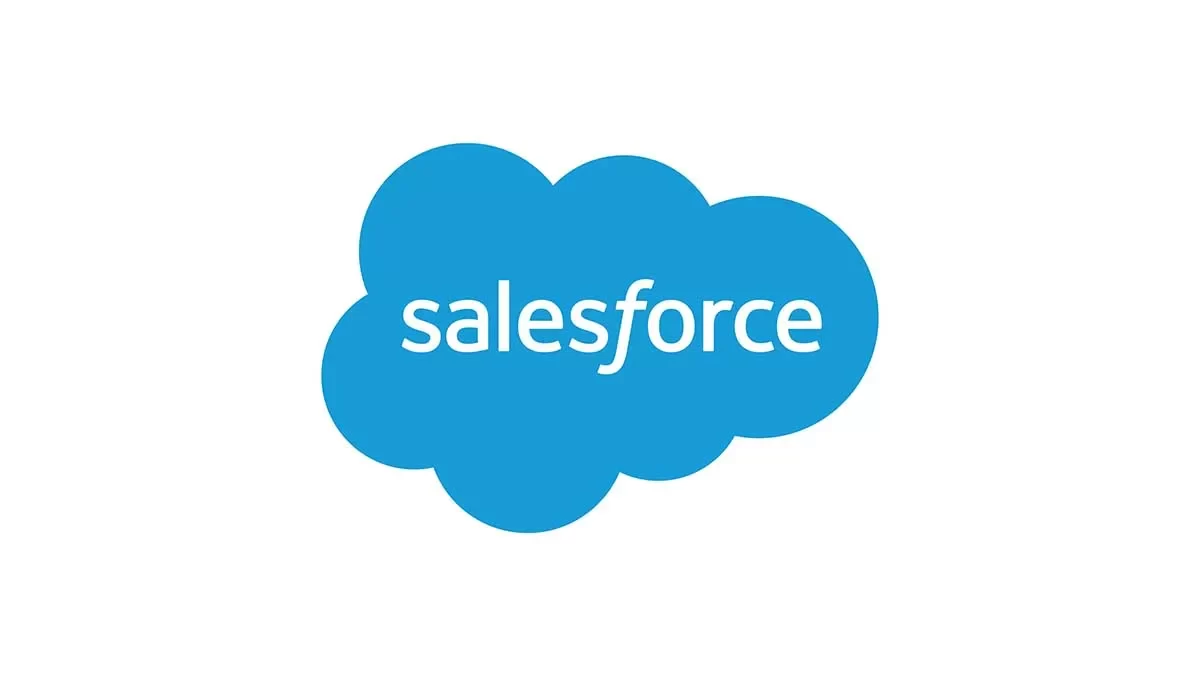In a tech-driven world, efficient business processes are the foundation of customer satisfaction. That’s why many companies rely on Salesforce for their customer relationship management (CRM) needs. If your business is among them, mastering Salesforce testing is essential.
Salesforce testing services ensure a seamless, error-free experience for both your teams and customers.
This blog covers the critical aspects of testing Salesforce. You’ll discover six quality engineering (QE) strategies to elevate your testing game.
Ready to get started?
Comprehensive test planning
The key to successful Salesforce testing is test planning. You need to include the following elements in your plan.
- Business requirements
- User stories
- Functional specifications
This initial step helps you create a robust test plan that aligns with your Salesforce implementation. It lets you identify the key functions, integration points, and user scenarios that need thorough testing.
Make sure your testing plan includes different types of testing. These include:
- Functional testing to check individual features
- Integration testing to assess system connections
- Performance testing to gauge system speed and capacity
Additionally, implement security testing to measure how well customers’ sensitive data is protected.
An organized testing plan is vital to cover all aspects and find potential issues before they affect users. This guarantees a strong and dependable Salesforce environment for your organization.
Test automation for efficiency
When integrating Salesforce, manual testing alone may not suffice. Test automation is pivotal in ensuring the efficiency and repeatability of tests. Testers often use automated tools to create automated test scripts. These tools include:
- Selenium
- Salesforce Test Automation
- Tricentis Tosca
- Provar
- Eggplant
- TestComplete
Automating repetitive test cases speeds up the testing process. It also enables frequent regression testing. This catches any potential issues introduced during new feature development or system updates. This approach helps maintain the reliability and stability of your Salesforce integration.
Investing in a robust test automation strategy saves time. The result is a boost in quality.
Performance testing for scalability
Performance testing is an integral part of any QE strategy. It assesses how well your Salesforce upgrades and customizations perform under different load conditions. Various tools are used to simulate distinct levels of user activity. These tools help identify potential bottlenecks and performance issues, and include:
- Apache JMeter
- LoadRunner
Running performance testing helps you manage a growing user base. It also checks if your Salesforce setup can handle increasing data volumes efficiently. This is crucial for maintaining speed and responsiveness, especially for businesses experiencing rapid growth.
Security testing for data protection
Security testing is a top priority. Salesforce handles sensitive customer data. QE helps businesses integrate security testing into their Salesforce testing. This ensures the identification and addressing of vulnerabilities in the system.
It’s also crucial to conduct:
- Penetration testing
- Code reviews
- Configuration assessments
This verifies that your Salesforce setup follows industry best practices. It also helps you meet data protection regulations.
It’s crucial to tackle security concerns early in the development process. This is a must for building trust among users and ensuring the integrity of customer data.
Continuous integration and continuous testing
To keep up with the fast pace of agile development, your QE strategies should incorporate continuous integration. This involves continuous testing to achieve efficiency in the development process. This ensures any changes made to Salesforce are automatically tested before going live. This creates a more dependable and efficient deployment process.
Integrating Salesforce testing into your CI/CD pipeline helps achieve faster feedback loops. The result is early identification of potential issues. This approach accelerates the release cycle. It also cuts the risk of introducing defects into the production environment.
Collaboration and communication
Development, testing, and business teams need to work together. Collaboration ensures successful testing and a smooth implementation process. It also fosters shared insights, discussion of requirements, and promptly addressed issues. QE helps businesses establish strong collaboration frameworks. This ensures testing efforts align with business goals.
Collaboration tools help with seamless communication and documentation. These tools include:
- Jira
- Confluence
- Slack
This approach enhances testing efficiency and promotes a culture of continuous improvement. This ensures testing efforts align closely with overarching business goals.
Conclusion
Mastering Salesforce testing is an ongoing journey. It involves continuous efforts to refine and enhance your testing practices. The following six QE strategies can help you achieve this.
- Comprehensive test planning
- Test automation
- Performance testing
- Security testing
- Continuous integration
- Collaboration
Need to ensure the success of your Salesforce setup but not sure where to start? A quality engineering company can help you deliver a reliable and high-performance CRM system.
As businesses evolve, testing practices must adapt to achieve long-term success. This includes your Salesforce testing. Embracing change is crucial for your success.
